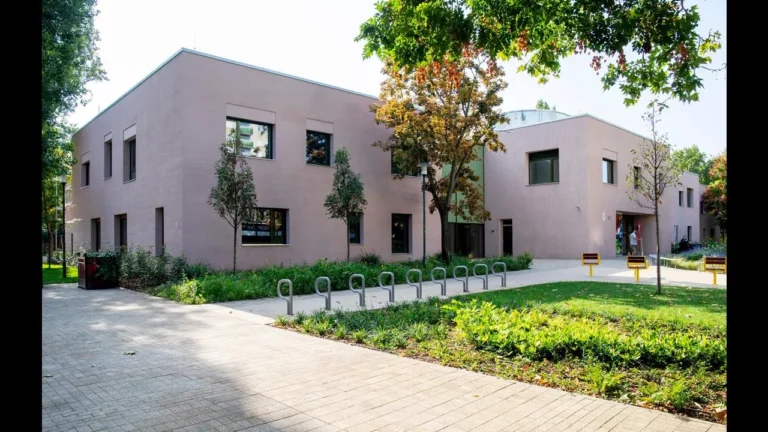construction
Construction sector seeks financial relief and expanded programs to bolster home building in Hungary

Hungarian hotel with a scenic view to reopen after a tragedy – PHOTOS

Orbán cabinet announced grandiose road building program connecting E Hungary with Romania

A new 280-room hotel is being built in the heart of Budapest – PHOTOS

Will a huge residential area be built in Budapest?

VISUALS: Here’s how Hungary’s new Museum of Transportation may look

Transforming Budapest: Pest quay to be renewed greener and more welcoming

PHOTOS: Hungarian National Kayak-Canoe Academy opened near Lake Velence

PHOTOS: Budapest-Belgrade rail line upgrade reaches milestone today

Stunning VISUALS, VIDEO: New National Gallery’s construction starts in Budapest

Momentous construction to begin soon on Hungary’s southernmost Danube bridge

PHOTOS: Budapest’s guardian angel removed from Heroes’ Square

Will Brussels withhold further EU funds from Hungary?

Hungarian government: European Capital of Culture title presented opportunity to ‘reposition’ region of Veszprém

Hungarian opposition politician reveals residence of Orbán’s father – PHOTOS, VIDEO

Astonishing Hungarian castle in Southern Transdanubia to be modernised soon

Hungarian government supports revamping Transylvanian university building

Hungary’s first smart kindergarten opens in Budapest – PHOTOS






